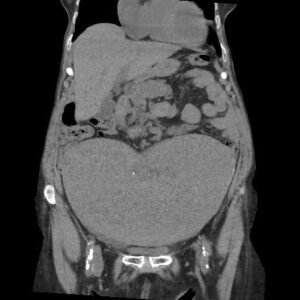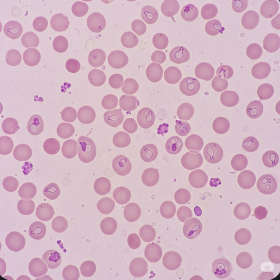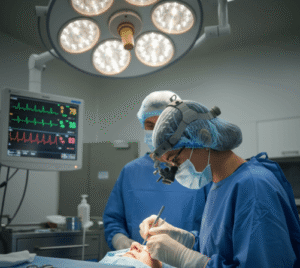Overview
Optic disc drusen are abnormal deposits of protein-like material (mostly calcium) that accumulate in the optic nerve head—the point where the optic nerve enters the eye. These deposits can mimic swelling of the optic nerve and may lead to progressive visual field loss over time. While often benign and asymptomatic in early stages, optic disc drusen can cause visual complications, especially in later life. The condition is usually bilateral and may be inherited.
What is Optic Disc Drusen?
Optic disc drusen (ODD) are calcified deposits found within the optic disc, also known as the optic nerve head. Unlike papilledema (true swelling from intracranial pressure), drusen cause a pseudo-swelling that can look similar on examination. These drusen are made of mucoproteins and mucopolysaccharides that harden over time and are thought to result from altered axonal metabolism.
Drusen may be buried in childhood and become more visible with age as they calcify and move closer to the surface. The condition is typically non-progressive or slowly progressive, but in some cases, it may lead to vision changes.
Symptoms
Many individuals with optic disc drusen have no noticeable symptoms, and the condition is often discovered during routine eye exams. When symptoms do occur, they may include:
- Peripheral (side) vision loss
- Visual field defects (e.g., enlarged blind spots, arcuate scotomas)
- Flashes of light or photopsia
- Transient blurred vision
- Rarely, central vision loss in advanced cases
- May be mistaken for optic nerve swelling on initial exam
Causes
The exact cause of optic disc drusen is not fully understood, but the condition is believed to result from:
- Congenital structural crowding of optic nerve fibers
- Impaired axoplasmic flow (transport of nutrients along optic nerve fibers)
- Calcification of mitochondrial debris over time
- Genetic factors, especially in familial cases
ODD is more commonly seen in individuals with small, crowded optic discs — a structural variant known as a “disc at risk.”
Risk Factors
Risk factors associated with optic disc drusen include:
- Family history of optic disc drusen or optic nerve abnormalities
- White ethnicity (more common in Caucasians)
- Female gender (slightly higher prevalence)
- Small optic nerve head (small scleral canal)
- Presence of other optic nerve anomalies
Complications
While many cases of ODD are harmless, complications can occur, especially over time:
- Progressive visual field loss (often unnoticed until advanced)
- Anterior ischemic optic neuropathy (AION)
- Retinal or choroidal neovascularization (abnormal blood vessel growth)
- Optic nerve head hemorrhage
- Misdiagnosis as papilledema, which could lead to unnecessary testing or treatment
- Permanent peripheral vision deficits
Prevention
There is no known way to prevent optic disc drusen, but early detection and regular monitoring can reduce the risk of vision-threatening complications:
- Regular comprehensive eye exams, especially if there is a family history
- Visual field testing to monitor for gradual vision loss
- OCT (Optical Coherence Tomography) or ultrasound imaging to differentiate drusen from papilledema
- Avoid misdiagnosis by consulting experienced eye care professionals
Treatment Options in Korea
In South Korea, patients with optic disc drusen have access to advanced ophthalmic diagnostics and long-term care. While there is no cure for ODD, treatment focuses on:
- Monitoring with imaging tools: OCT, fundus autofluorescence, and B-scan ultrasonography
- Visual field testing: To track changes in peripheral vision
- Management of complications, such as using anti-VEGF injections for neovascularization
- Education and reassurance: For patients with non-threatening presentations
- Treatment of associated conditions: Such as controlling vascular risk factors to prevent ischemic complications
Top eye hospitals in Korea, such as Kim’s Eye Hospital, Seoul National University Hospital, and Samsung Medical Center, offer multidisciplinary care with specialists in neuro-ophthalmology and retinal diseases, ensuring accurate diagnosis and tailored monitoring plans.













